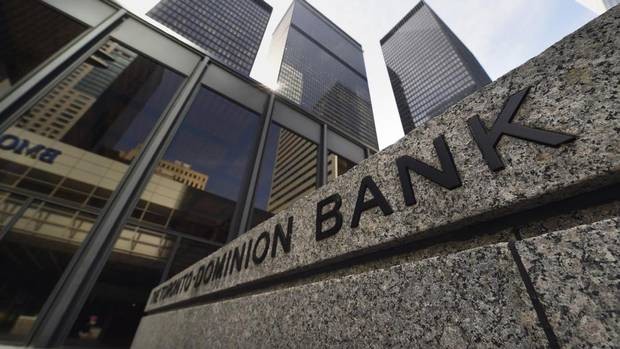Three major risks of investing for yield The Globe and Mail
Post on: 29 Март, 2015 No Comment

Everyone seems to be in love with income. This is not a bad thing. Having said that, always remember these three major risks of investing for yield:
A few years back, everyone loved income trusts. Then the tax laws changed, and for those who loved them too much, there was a sudden jolt to their net worth.
Today, we are once again seeing the obsession with income as the only thing investors can put their arms around.
Time to review the risks again:
Fixed income risk
When a company wants to raise money in the markets without diluting its equity, it issues bonds, debentures or preferred shares. In each of these cases, the company wants to pay the lowest interest rate possible that will still lead to the market purchasing its full issue. Companies that pay higher yields do so because the market is demanding a higher yield to take the extra risk. Keep this in mind the next time you are drawn to a bond that is paying a 7-per-cent coupon.
Overexposure to real estate
With income trusts, energy and real estate tended to be the two biggest sectors. When the trust market was booming, we saw many retirees who had portfolios that were invested 50 per cent or more in energy or massively exposed to real estate. This concentration risk means that your portfolio is far riskier and more highly exposed to major ups and downs than you might have intended.
In 2010, some of the best-performing investments have been real estate investment trusts. The sector is up more than 20 per cent year to date, with many REITs up over 50 per cent on the full year. The high yield and strong performance and declining number of income trust alternatives has led many investors to load up on REITs. The problem is that without the discipline to limit your exposure to the sector to a reasonable percentage, you could find that 2011 brings a major decline in REIT performance as interest rates rise and commercial real estate supply expands (for which demand may not necessarily grow). It may not happen, but if REITs as a group fall 25 per cent next year, will your portfolio be down a few percent, or 25?
More income can lead to more taxes
How much income do you need? As a financial planner, my primary focus is on your expenses, and what cash flow you need to meet your lifestyle goals. Once I understand this, my next step is to figure out from all of your net worth what is the most tax-efficient way to deliver that cash flow. In many cases, generating higher yield on a taxable account is one of the worst ways to achieve this.
It all comes down to the belief that even in retirement, your income must meet or exceed your expenses. In reality, your cash flow must be structured so that it will always meet your expenses for as long as you live. To focus on the income usually leads to paying too much tax.
Remember that whenever everybody seems to be looking for the same types of investments, it is usually a sign that you’d better move in the opposite direction. By keeping these three risks in mind, hopefully your portfolio can evolve a little differently than the rest of the pack.














